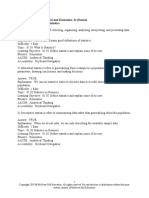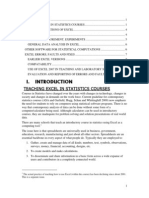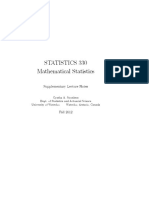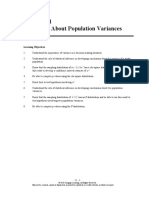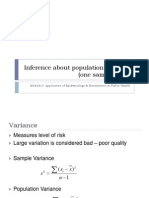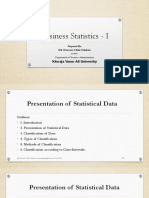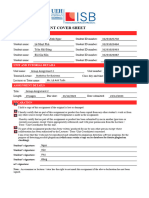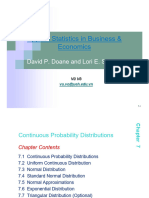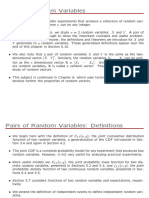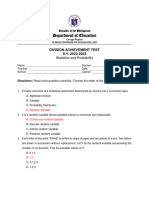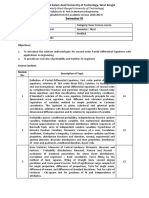0% found this document useful (0 votes)
159 views48 pagesApplied Statistics in Business & Economics,: David P. Doane and Lori E. Seward
Uploaded by
mohammedrahilCopyright
© © All Rights Reserved
We take content rights seriously. If you suspect this is your content, claim it here.
Available Formats
Download as PPTX, PDF, TXT or read online on Scribd
0% found this document useful (0 votes)
159 views48 pagesApplied Statistics in Business & Economics,: David P. Doane and Lori E. Seward
Uploaded by
mohammedrahilCopyright
© © All Rights Reserved
We take content rights seriously. If you suspect this is your content, claim it here.
Available Formats
Download as PPTX, PDF, TXT or read online on Scribd
/ 48


